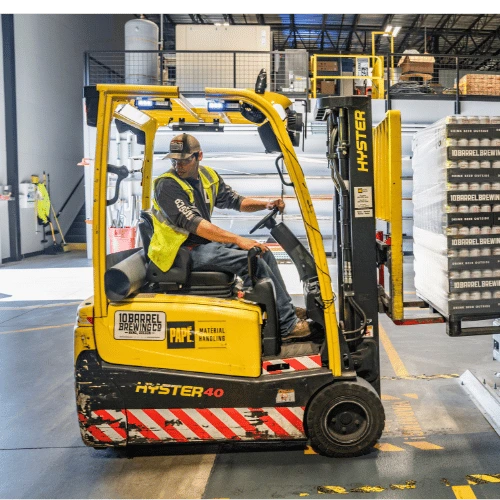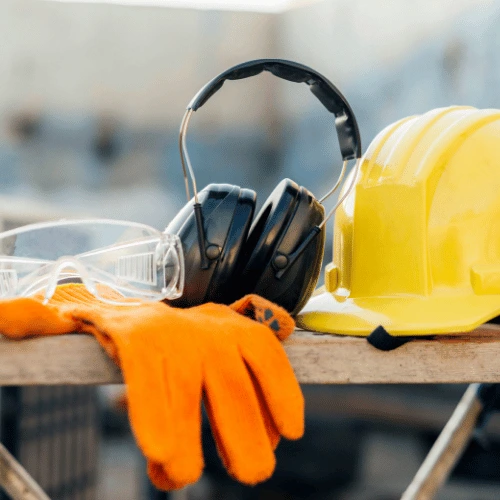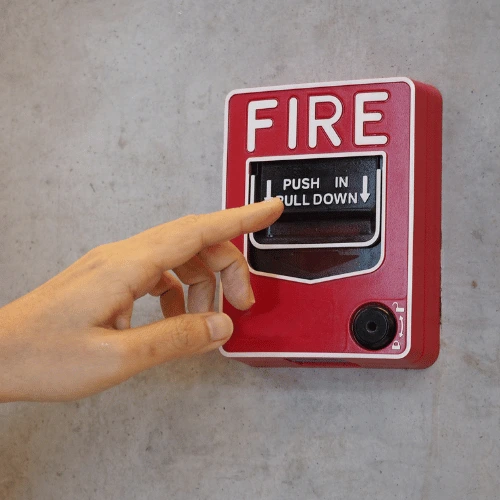In the age of digital transformation, the construction industry is rapidly embracing innovative technologies to enhance site safety, streamline operations, and stay competitive. One of the most impactful solutions driving this shift is Real-Time Location Systems (RTLS). These systems play an important role in modern construction site monitoring systems by providing live tracking of assets, equipment, and personnel across dynamic worksites.
RTLS enables construction teams to gain real-time situational awareness, reduce risks, and manage resources more effectively. As a result, construction companies are modernizing how they plan, operate, and secure work environments—laying the foundation for truly smart construction.
RTLS is a location-based technology that provides real-time tracking and monitoring capabilities within construction environments. These systems utilize a variety of advanced technologies to deliver accurate location data and status updates for tagged personnel and assets, forming a critical infrastructure for modern construction site management.
RTLS can integrate with smart building technology and digital project management workflows to support next-generation construction site management practices.
RTLS (Real-Time Location System) solutions for construction employ a combination of advanced location technologies, including:
The strategic deployment of these technologies allows construction companies to establish a robust infrastructure for real-time visibility and control over their job sites.
RTLS provides multi-dimensional value across construction operations. From enhancing safety protocols to driving digital productivity, RTLS brings much-needed visibility and control to complex job sites.
Construction work is inherently high-risk—from working at heights to operating heavy machinery. RTLS mitigates these risks by enabling:
By creating a safer and more responsive environment, RTLS becomes a crucial component of any robust construction safety management strategy.
Delays and inefficiencies from misplaced tools and underutilized machines can cost projects thousands. RTLS eliminates unnecessary searching and downtime by:
These capabilities support better asset utilization and more informed construction site management decisions.
Construction productivity is influenced by worker location, movement, and task coordination. RTLS shines in:
This real-time data allows project managers to adjust work sequences and staff deployment dynamically—saving time and improving output.
RTLS solutions go beyond location tracking by providing historical insights to detect patterns and accelerate decision-making. Advanced RTLS platforms include:
These features support the vision of smart building technology by optimizing every layer of the construction process—from groundworks to final inspections.
RTLS enhances safety by detecting proximity between machines and workers. The system sends real-time alerts when forklifts, cranes, or excavators approach pedestrian zones—lowering the risk of accidents and injuries. Integrated traffic management modules optimize vehicle flow and monitor operator behavior.

Manual tracking of inventory often leads to over-ordering or out-of-stock issues. RTLS automates inventory management by providing:
This helps reduce material waste and ensures timely resource availability.
RTLS platforms equipped with IoT sensors track environmental variables such as:
This ensures that site conditions remain safe and compliant while improving health measures for workers.


During fire drills or actual emergencies, knowing where every person is in real-time becomes mission-critical. RTLS facilitates:
This functionality dramatically enhances emergency response effectiveness across large and hazardous project environments.
When combined with construction site surveillance systems such as CCTV or drone feeds, RTLS provides a full situational overview. Integrating video surveillance events with RTLS data allows safety teams to:
This integration enhances both real-time monitoring and post-event investigation.
While RTLS delivers clear value, effective implementation requires:
System configuration should reflect site-specific needs, aligning safety goals with operational workflows for maximum impact.
RTLS adoption is paving the way for truly connected and data-driven construction sites. With AI, machine learning, and IoT integration, future RTLS systems will:
For construction firms investing in digital-first strategies, RTLS supports not just construction site safety improvements but a broader vision for connected, efficient, and intelligent job sites.
📍 We’re expanding our horizons! Stay tuned for upcoming product and service launches.📍
©2024 anyRTLS, All rights reserved.